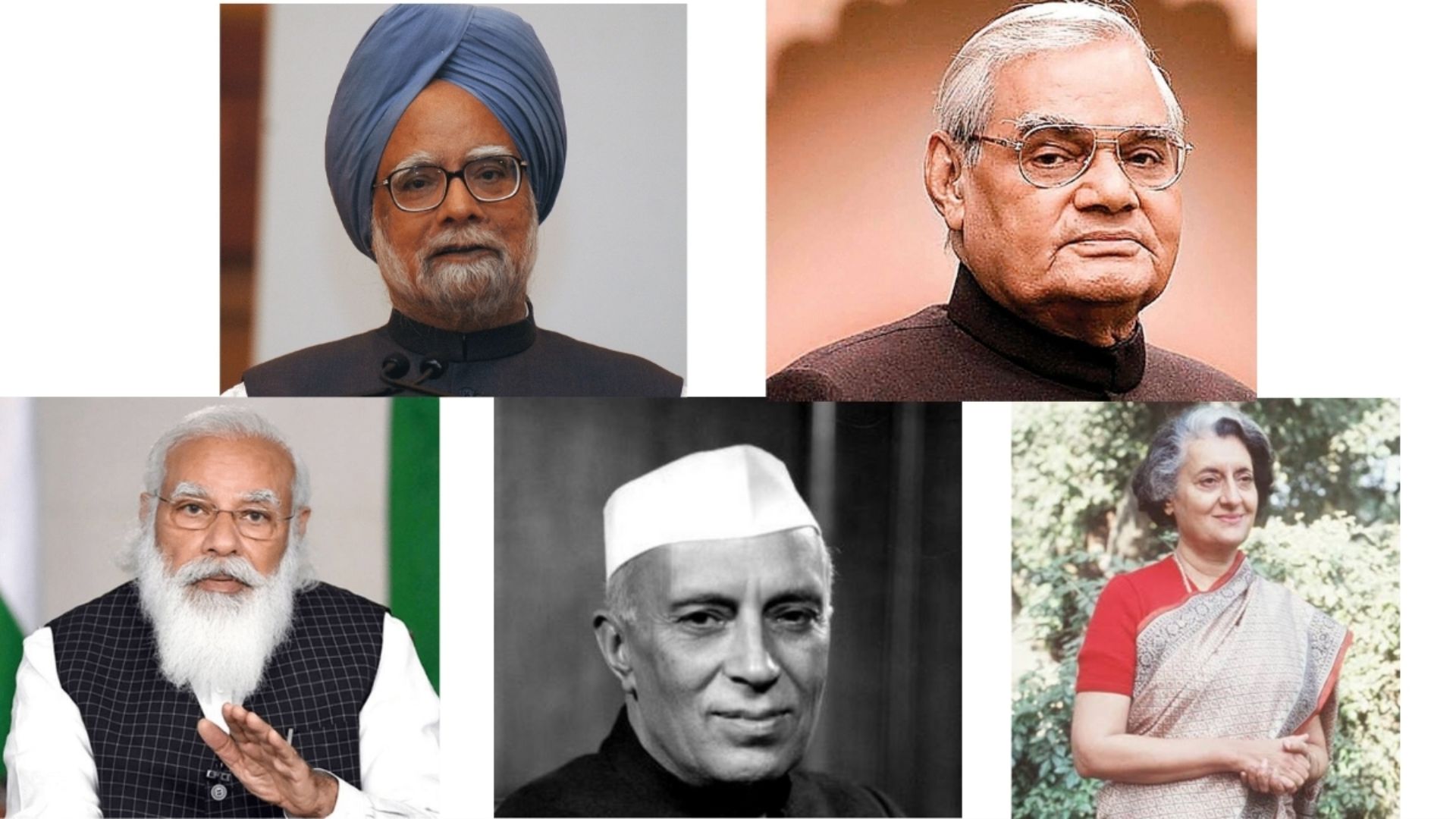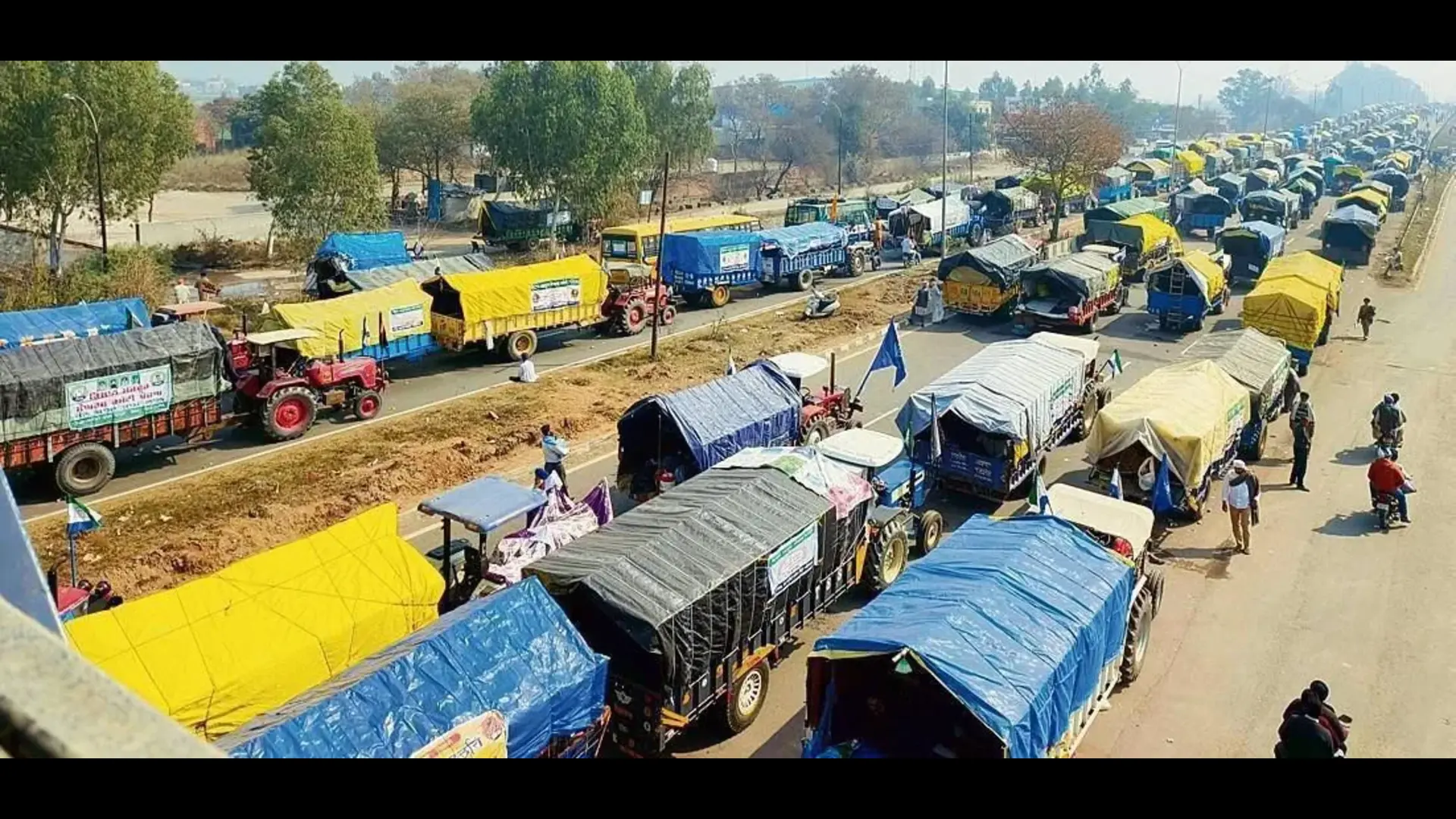With the NDA securing 293 seats, Prime Minister Narendra Modi is set for a historic third term, joining the ranks of India’s longest-serving prime ministers. Modi is now one of the few leaders to serve over a decade.
Here’s a closer look at India’s longest tenures in office:
Jawaharlal Nehru
- Party: Congress
- Tenure: 1947-1964
- Duration: 16 years, 286 days Nehru, India’s first prime minister, led the nation from independence until his death. He initiated major developmental projects and maintained a non-aligned foreign policy during the Cold War, shaping India’s secular and socialist path.
Indira Gandhi
- Party: Congress
- Tenure: 1966-1977, 1980-1984
- Duration: 15 years, 350 days India’s first female PM, Indira Gandhi, made bold and often divisive decisions, including the Green Revolution, Emergency, and nationalization of banks. Her leadership during the 1971 war led to the creation of Bangladesh. Her tenure ended tragically with her assassination in 1984.
Narendra Modi
- Party: BJP
- Tenure: 2014-Present
- Duration: 10 years, 19 days (and counting) Modi has implemented ambitious projects like digitalization and economic reforms. His leadership has been marked by a strong emphasis on national pride and Hindu nationalism. Despite needing alliance support, his recent victory marks a rare third term.
Manmohan Singh
- Party: Congress
- Tenure: 2004-2014
- Duration: 10 years, four days A renowned economist, Singh is credited with significant economic reforms and infrastructure development. His cool-headed leadership style, though later criticized for policy stagnation, left a lasting impact on India’s growth.
Atal Bihari Vajpayee
- Party: BJP
- Tenure: 1996, 1998-2004
- Duration: Six years, 80 days Vajpayee’s tenure is noted for the Pokharan nuclear tests and major infrastructure projects like the Golden Quadrilateral. His balanced approach combined social initiatives with economic success, and he worked towards improving relations with Pakistan.
Lok Sabha Elections 2024 The recent election, held amid intense heat, saw over 66% voter turnout. Despite pre-poll predictions, the BJP-led NDA required alliance support to secure a majority. Modi’s victory speech emphasized continued commitment to fulfilling the aspirations of the people. His third term will rely on strong alliances with leaders like N. Chandrababu Naidu and Nitish Kumar.
As Modi prepares for another term, his leadership style and policies will continue to shape India’s political and economic landscape, cementing his place among India’s longest-serving and most influential prime ministers.







